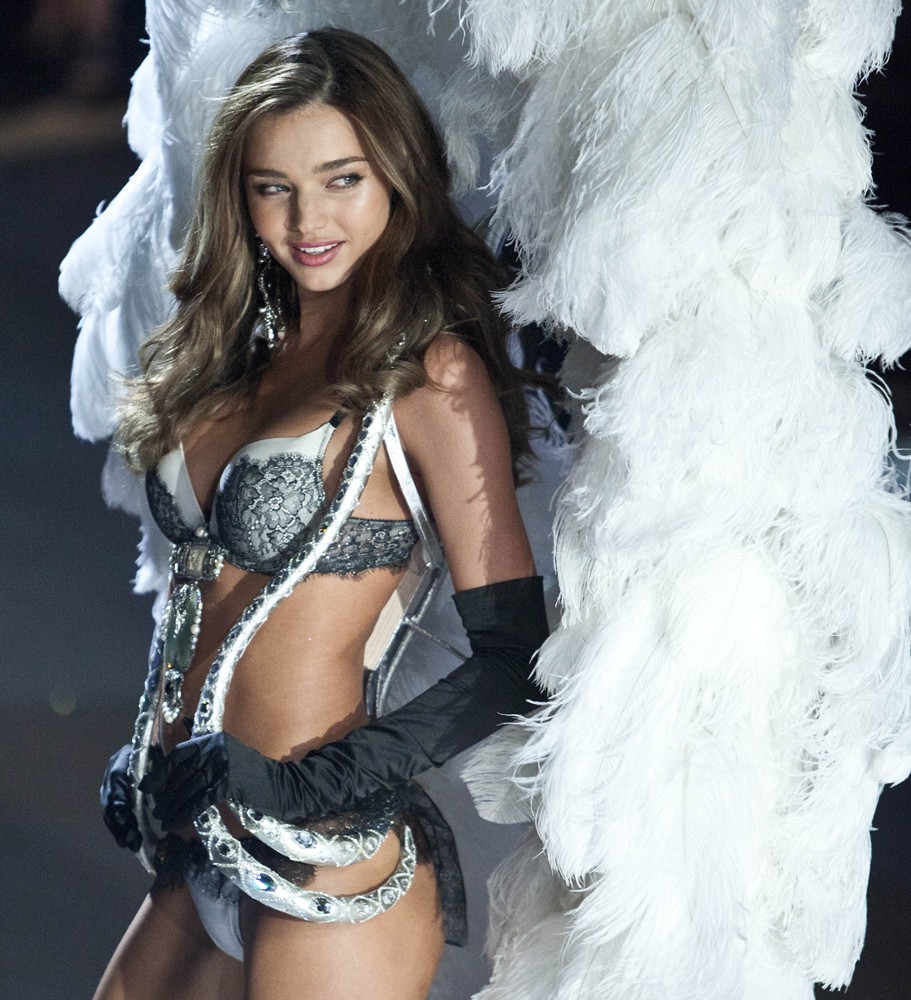Target Ups & Downs
Apr 5th, 2013 by Tiffany Lo
I think we’ve all heard about Target buying out Zellers and finally coming to Vancouver BC, so I’ve been wanting to write a post about this for a while. Today I came across a short article about Target upsetting its Brooklyn customers – let’s talk about that first.
Target sure did offend its plus-size customers by its ‘mistake’ in the labelling of one of the dresses they sell. While the label on the smaller sizes of the dress read “Dark Heather Grey,” the plus-size version was called “Manatee Grey.” If you’re not familiar with what a manatee is, here is a picture of one below. FYI, manatee’s are often nicknamed “sea cows.”

And so, many Brooklyn customers were outraged by this labelling. Target spokesperson has already come out to apologize for their “oversight” and has removed the product from the company website.
Let’s hope Target doesn’t get off on the wrong foot and pull a silly mistake like that when it officially opens its 18 Vancouver stores in 2013/2014. Although I haven’t seen much marketing for Target thus far, I’m positive that the company will promote like crazy as the launch date of their stores approaches. I think Target already has a strong brand presence in Canadian consumers’ minds just because Seattle is such a short drive away from Vancouver. We know that Target is famous for its cheap prices and cost leadership strategy, but how will the company lure its target consumers from its already-existing Canadian competitors? I think direct marketing will be the most effective, such as having direct mail and coupons sent to consumers’ homes. Then, Target can ensure that people will know about their local stores and have an incentive to check the stores products out!

Source:





